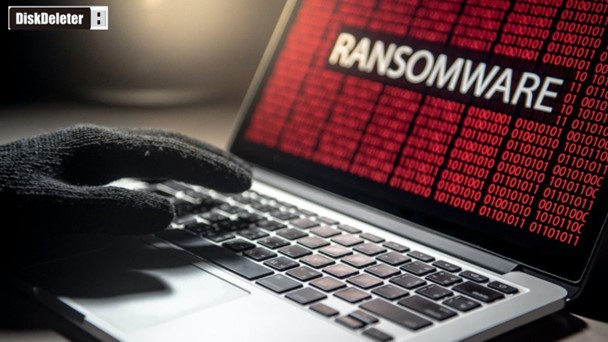
Ransomware is a type of malicious software that encrypts the victim's files, making them inaccessible, and then demands payment in exchange for a decryption key that will restore access. Ransomware attacks typically begin with the victim receiving an email with an infected attachment or a link to a malicious website. The email may appear to be from a trusted source, such as a bank, government agency, or reputable company, and may use social engineering tactics to persuade the victim to open the attachment or click the link.
Once the ransomware has been installed on the victim's device, it typically seeks out and encrypts files that are important to the victim, such as documents, images, and videos. Some ransomware may also encrypt system files, making it difficult or impossible to boot up the device.
Ransomware can spread rapidly through a network, infecting other devices connected to the same network, including servers, workstations, and mobile devices. It is important to take immediate action to isolate the infected device and prevent the ransomware from spreading to other devices on the network.
Dealing with a ransomware attack requires a careful and methodical approach to ensure the security and recovery of end devices. Here are some steps to securely bring back your devices to a normal state after a ransomware attack:
- Isolate Infected Devices: Immediately disconnect the infected devices from the network to prevent the ransomware from spreading further. This can help contain the damage and protect other devices on the
- Identify the Ransomware Variant: Determine the specific ransomware variant that has infected your This information can help in finding the appropriate decryption tools or obtaining assistance from security experts who may have dealt with that particular variant before.
- Clean-up the end device and restore the backups
If step 2 cannot be done successfully then option is to clean-up the original device and restore the backups.
Before performing a backup restore on an end device, it's crucial to clean the hard drive thoroughly to remove any remnants of malware or compromised files. Here's a recommended process for cleaning the hard drive:
After disconnecting infected device from the network, follow following procedure
Boot into Safe Mode: Restart the device and boot into Safe Mode. Safe Mode allows you to access the system with minimal drivers and services, which can help prevent malware from running actively.
Scan with Antivirus Software: Run a thorough scan of the entire hard drive using reputable antivirus software. Make sure the antivirus software is up to date with the latest virus definitions. Allow the antivirus program to quarantine or remove any identified threats.
Use Antimalware Software: In addition to antivirus software, consider using specialized antimalware tools to perform a secondary scan. These tools are designed to detect and remove malware that may not be detected by traditional antivirus programs. Examples include Malwarebytes, HitmanPro, or AdwCleaner.
Delete Temporary Files: Delete temporary files and clear the cache on the device. Temporary files can sometimes have malware or malicious scripts. You can use built-in disk cleanup utilities or third-party tools to accomplish this task.
Remove Unnecessary Software: Uninstall any unnecessary or suspicious software from the device. Pay attention to programs you don't recognize or that may have been installed without your knowledge.
Securely Format or completely erase the drive: If you want to take an extra precautionary step, you can perform a secure formatting of the hard drive or use disk erasing software such as DiskDeleter to sanitize the disk.
Using disk erase software before restoring data after a ransomware attack can be an additional precautionary step to ensure the removal of any remnants of malware. However, it is important to note that disk erase software completely wipes the entire hard drive, including all data and partitions.
Therefore, it should only be used if you have a verified and clean backup of your important data. Here are a few considerations regarding the use of disk erase software:
Verified Backup: Before using disk erase software, ensure that you have a verified and clean backup of your important data. Verify that the backup was created before the ransomware attack occurred to avoid restoring infected files.
Data Loss: Using disk erase software will irreversibly erase all data on the hard drive. This means that if you don't have a backup, you will lose all your data. Exercise caution and double-check that you have a complete and reliable backup before proceeding.
Operating System and Applications: If you choose to use disk erase software, you will need to reinstall the operating system and all applications. This process can be time-consuming and may require access to installation media or license keys.
Technical Proficiency: Using disk erase software requires technical proficiency and knowledge of disk partitioning and formatting. Make sure you are familiar with the software you intend to use and follow the instructions carefully to avoid any unintended consequences.
Ultimately, the decision to use disk erase software before restoring data depends on your specific circumstances and risk tolerance. If you have a verified backup and are confident in your ability to reinstall the operating system and applications, using disk erase software can provide an extra layer of security. Please contact us to further assist in providing the technical expertise to overcome this circumstance.
© 2024 Jungle KK - Powered By Knowledge Fortune

